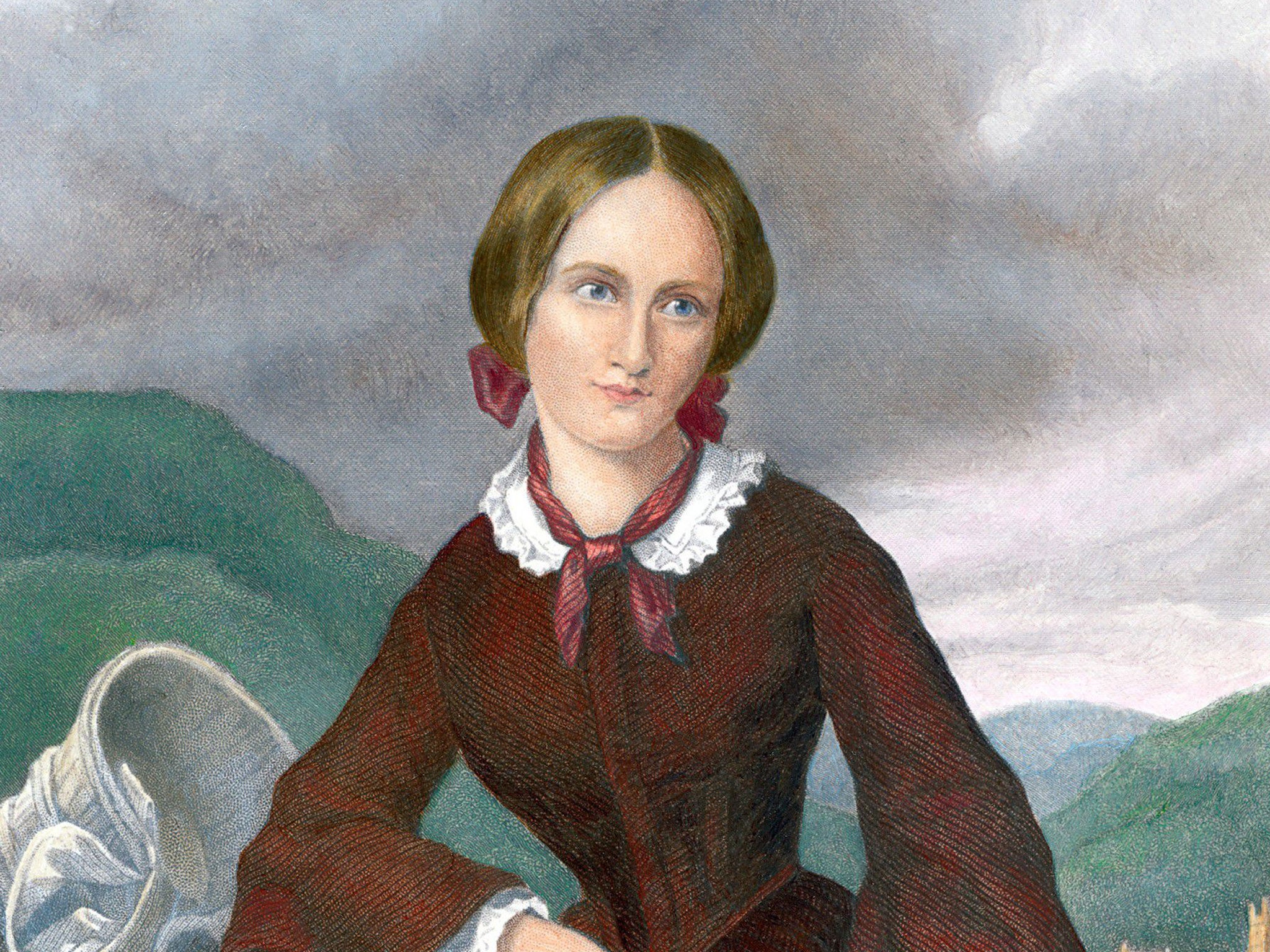Charlotte Brontë: A Life by Claire Harman, book review
A revelatory biography shows Charlotte Brontë cramped by Victorian conformity

Few writers have inspired as many biographies as Charlotte Brontë, beginning with Elizabeth Gaskell's classic life, published in 1857, only two years after its subject's death. What has come to be known as the Brontë story went on to imprint itself on the cultural memory, spawning sentimental legends aplenty, an afterlife both rich and contested and, in more recent times, some much-needed corrective scholarship.
The fact that there has been no major biography of Charlotte for more than 20 years is an unusual hiatus in the ongoing saga of her reception. Claire Harman's new book has benefited hugely from this breathing space, and suggests that we have got beyond the need to demythologise the Brontës. With no particular interpretative or ideological axe to grind, Harman is able to tell the story straight, and to get rid of all argumentation and clutter.
And what a story it still is, beginning with the extraordinary narrative of the Brontës' father Patrick. The son of semi-literate Irish peasants, he succeeded in getting to Cambridge and then into the Church of England clergy, changing his name from the plebeian Brunty en route, and finally settling in Haworth Parsonage. It is no coincidence that the creator of the autobiographical heroine Jane Eyre – whose assertive ego was considered unfeminine by Victorians – was the daughter of a self-created man.
Charlotte in fact swung between embattled self-belief and insecurity. Her marginal social position made her want to prove herself, but the traumas of her childhood left scars. After her mother's death, she and three of her four sisters were sent to boarding-school, where the two eldest, Maria and Elizabeth, fell ill as the result of the appalling food and conditions there. Both died. Charlotte later fictionalised the institution as the notorious Lowood in Jane Eyre. No writer before her had ever portrayed a child's experience of suffering and rage at injustice with such visceral subjectivity.
Harman steers a commonsense path, neither over-pathologising Charlotte, as some have done in the past, nor over-normalising her. She gives us Charlotte the Victorian woman cramped by the everyday limitations on her life; but she does not underplay the weird escapist intensity of the young Brontës' imaginative lives. This led to the creation of their private make-believe worlds of Angria and Gondal and opened the floodgates of what Charlotte called their "Scribblemania". The masturbatory eroticism of Charlotte's juvenilia, with its stories of Byronic rakes and their mistresses, ultimately caused her to experience a moral crisis over her addiction to fantasy. With such a well-known subject, it would have been a miracle had Harman found any significant new material; yet she adds freshness and texture to her account with some original speculations. She suggests, for example, that the teenage Charlotte used opium in the form of laudanum – then readily available over the counter – to enhance her obsessive visions (her brother Branwell, who began as the family's pride and hope, failed to fulfil his promise and went on to become an addict).
For Harman, the central episode of Charlotte's life was the period she spent at a school in Brussels in her twenties, where she and her sister Emily went to improve their languages. There, Charlotte fell desperately in love with her "master", the literature professor Constantin Heger, who taught her composition and was married to the headmistress. The worldly Heger clearly courted her infatuation, although he did not return her feelings and failed to reply to her desperate letters after she returned to Yorkshire. Nevertheless, he also recognised and drew out her literary abilities, and went on to inspire her disturbing masterpiece, Villette, which upset Matthew Arnold with its unladylike "hunger, rebellion and rage", and contains a fictionalised portrayal of the Brussels school.
As someone who once wrote a book about the Brontës' afterlives, few people can have read as many biographies of them as I have. I thought I was Brontë-ed out, but reading this book – which will be equally accessible to someone coming to Charlotte for the first time – has drawn me back in.
Viking, £25. Order at £20 inc. p&p from the Independent Bookshop
Lucasta Miller's 'The Brontë Myth' is published by Vintage
Subscribe to Independent Premium to bookmark this article
Want to bookmark your favourite articles and stories to read or reference later? Start your Independent Premium subscription today.

Join our commenting forum
Join thought-provoking conversations, follow other Independent readers and see their replies